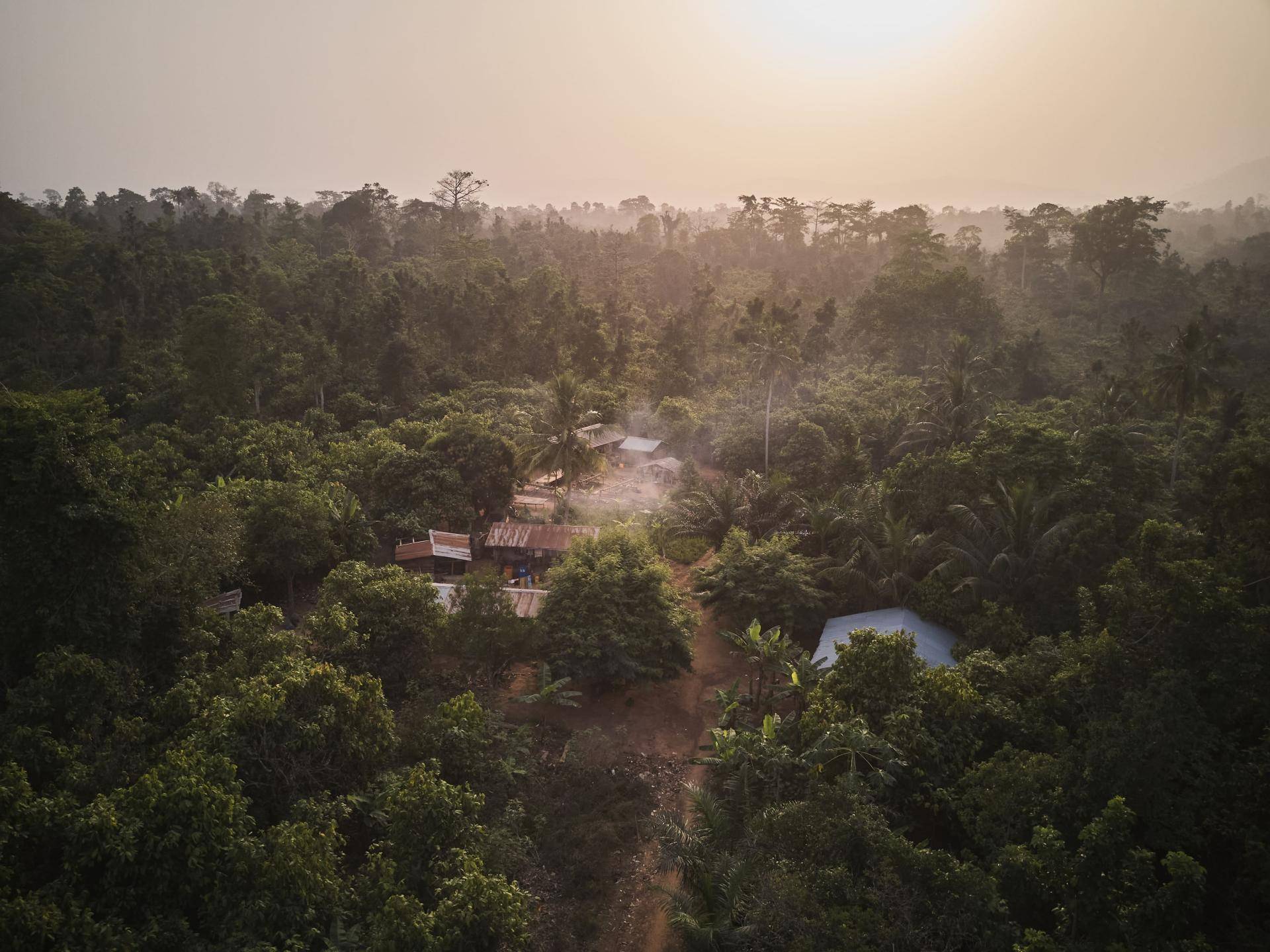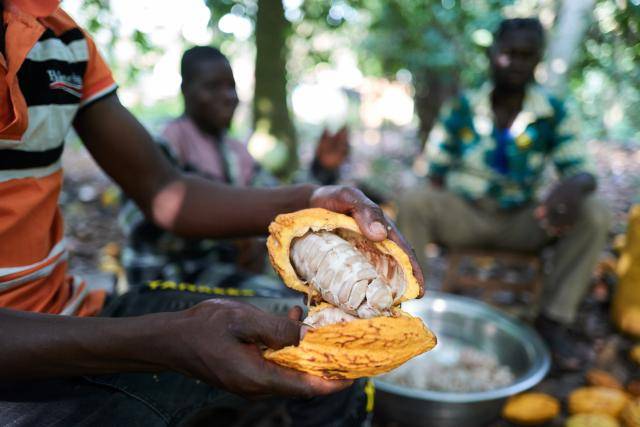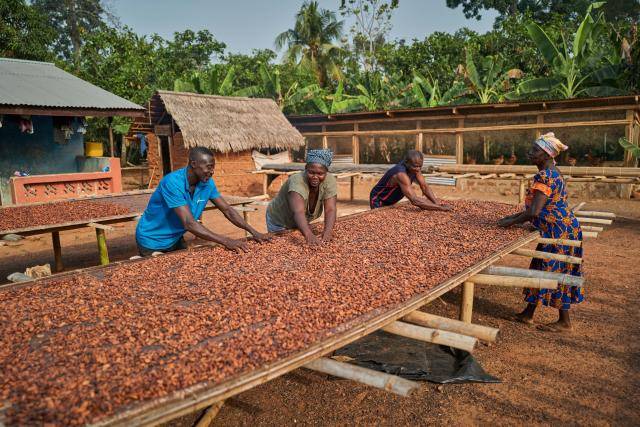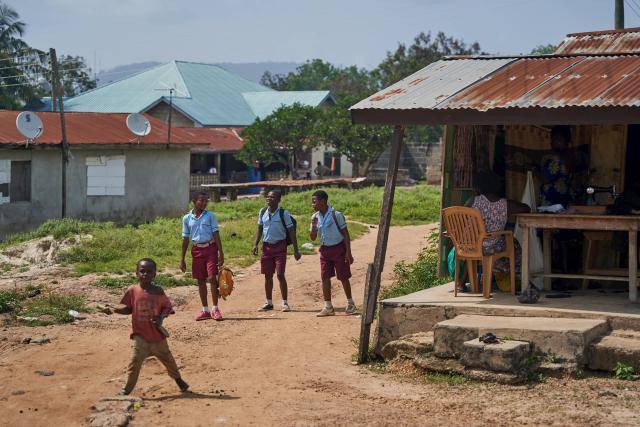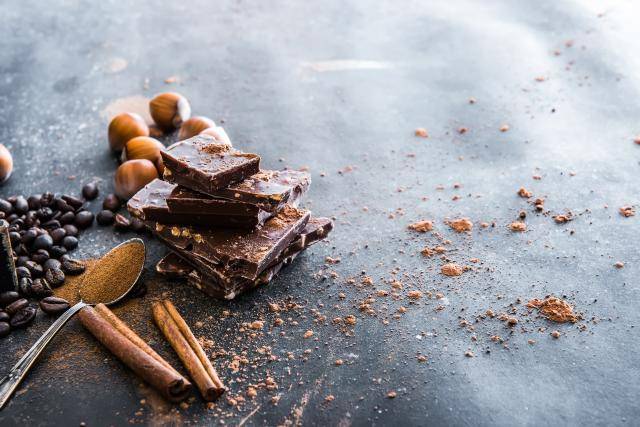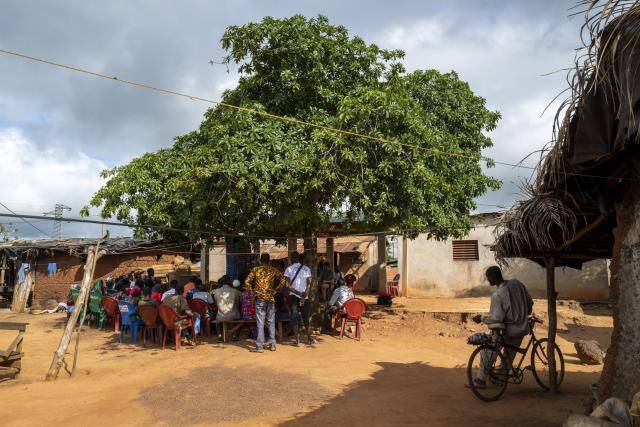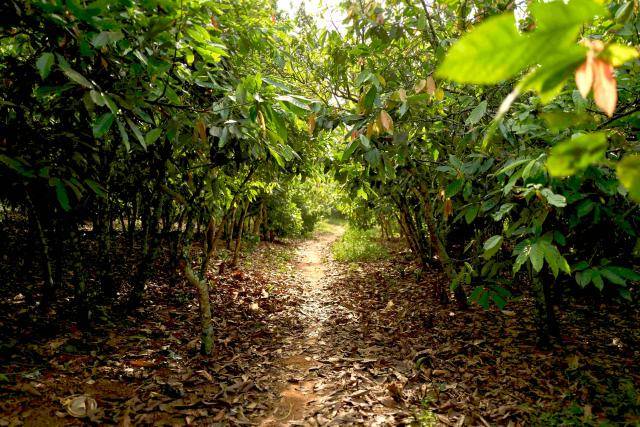
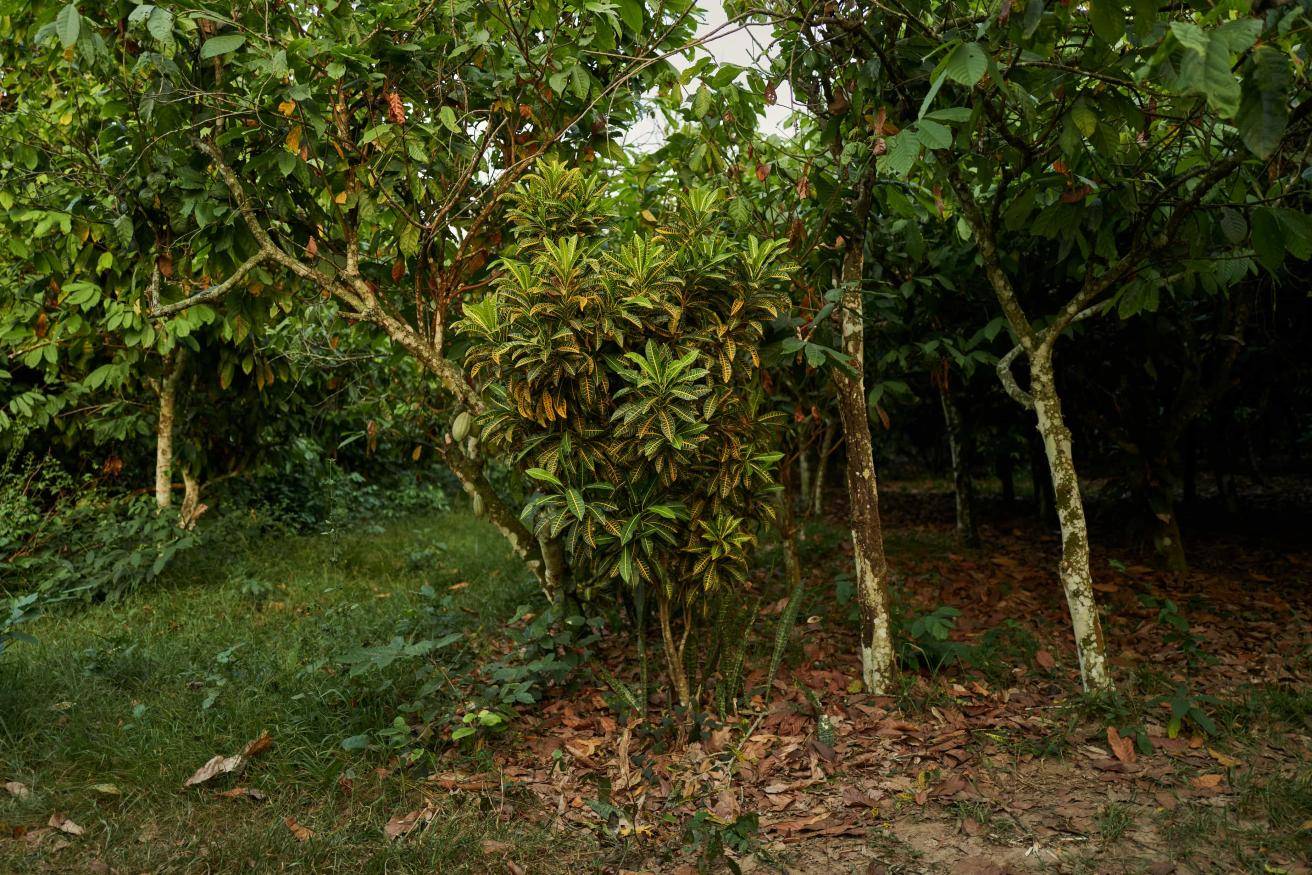
Our approach
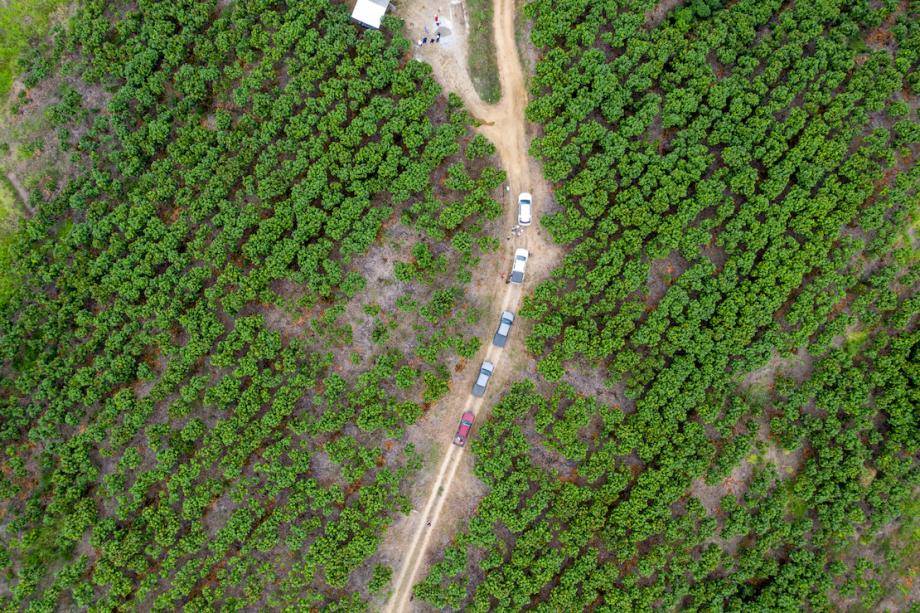
For Barry Callebaut, our emissions extend far beyond the locations and facilities where we produce our chocolate.
Carbon positive
In total, since the commencement of Forever Chocolate in 2016, we have reduced our carbon footprint by more than –17%.
Carbon emissions in a food company’s supply chain are, on average, 87% of the total emissions1. For Barry Callebaut, this means that our emissions extend far beyond the locations and facilities where we produce our chocolate and cocoa products, fillings, decorations and compounds. This is why, as part of our Forever Chocolate target to be carbon positive by 2025, we committed to assessing the carbon impact created by our own operations (scope 1), the impact generated by the energy we use (scope 2), and the impact of our entire supply chain (scope 3), which includes the production and processing of all the raw materials we source, and related land use changes (LUC). Identifying and measuring deforestation and carbon emissions associated with Land Use Chance (LUC), at a large scale and in sufficient detail, is notoriously difficult. This challenge becomes even more difficult when third-party suppliers which have complex supply chains enter the picture.
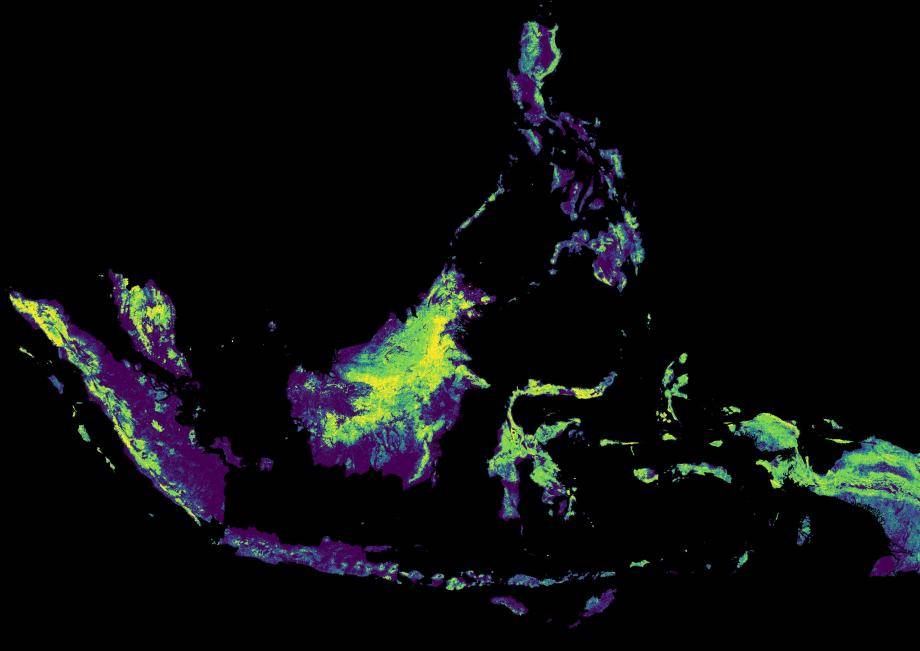
Working with the Swiss Federal Institute of Technology, we developed an industry-first, indicative High Carbon Stock (HCS) map.
However, in 2020/21 we produced exciting results from two projects which we have been working on for a number of years. Teaming up with EcoVision Lab, part of the Swiss Federal Institute of Technology in Zürich, Switzerland, led to the development of a publicly available, industry-first, indicative High Carbon Stock (HCS) map that identifies forests with high conservation value and areas where deforestation would cause the highest carbon emissions. Identifying the link between specific commodities and areas at risk of deforestation can be complex, but we needed a solution to help our suppliers identify the forest areas that need protecting, and those that can be developed for agriculture. In addition, in collaboration with the Gold Standard Foundation and Agolin, this year we developed a new methodology to quantify and certify carbon insetting for dairy within our chocolate supply chain.
This year, we made outstanding progress with our cocoa carbon intensity reduction efforts (–6.9%) and over 160,000 tCO2e outright reductions of cocoa. Most importantly, we managed to reduce the LUC impact of cocoa by over –10% (233,000 tCO2e) due to our efforts in traceability and sourcing. For the third year in a row, our effort was recognized by CDP, which scored Barry Callebaut A- (Leadership level).
Cutting emissions begins by improving the energy efficiency of our operations and the type of energy that we use. In 2020/21, we increased the use of renewable energy with 26 of our 64 factories exclusively powered by renewable electricity.
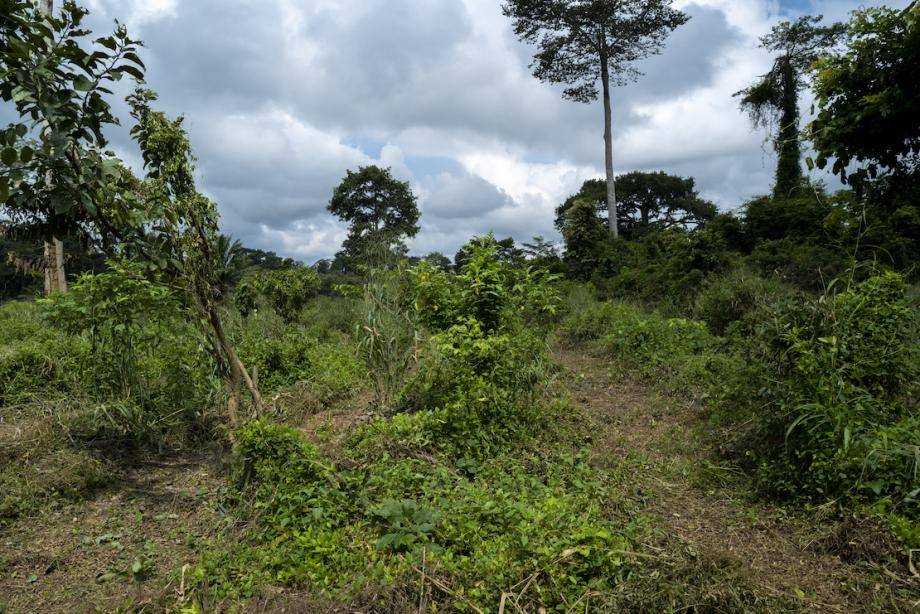
Restoration of degraded forests and ecosystem corridors between and near farms aims to bring back the ecosphere of a forest, such as water, soil quality and native plant species.
Ecosystem restoration, biodiversity and agroforestry
Cocoa’s natural habitat lies under the shade canopies of humid rainforests. Today, the majority of the world's cocoa is grown on small, sun filled farms in West Africa. Driven by increasing consumer demand, cocoa farming encroachment into forests and other lands has caused deforestation and habitat degradation. As we progress towards our 2025 target, our focus remains on forest regeneration and protection, assessing deforestation risks, implementing agroforestry and biodiversity strategies and helping farmers to develop cocoa farms that are more resilient to drought and disease, and produce higher yields.
As to our own operations, 23 of our 61 processing plants are now fully powered by renewable energy.
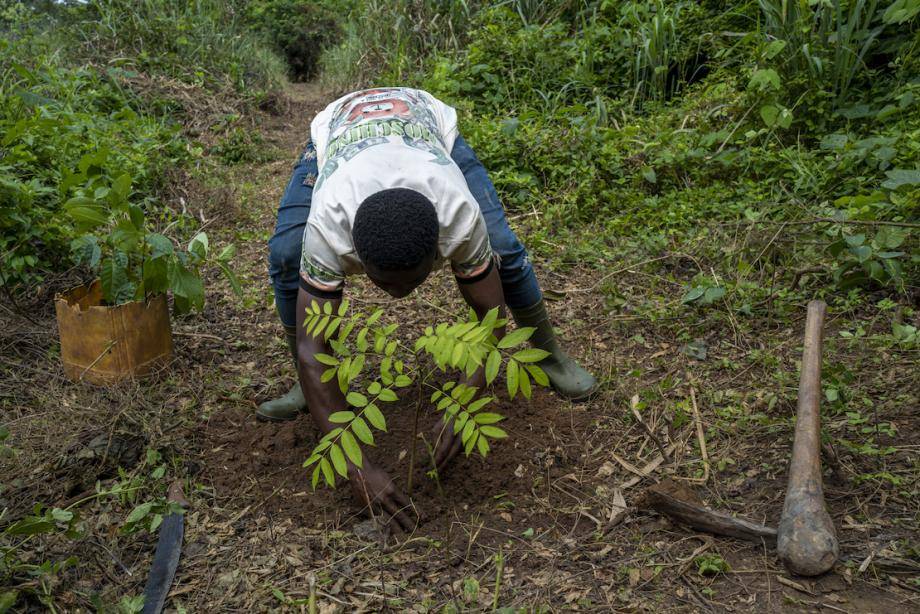
Restoration of degraded forests and ecosystem corridors between and near farms aims to bring back the ecosphere of a forest as well as enhance the well-being of farming communities.
In order to become forest positive, we must continue to eliminate deforestation from our supply chain. A critical component for achieving this is ensuring that we know the exact location of the farms we are sourcing from. Our commitment to monitoring farms was further refined this year to include farms within 25 kilometers of national parks, game reserves, forest reserves, and, new for 2020/21, classified forests 1 and 2 in Côte d'Ivoire. In 2020/21 we established that 240,570 (+358%) farms in our direct supply chain are located within 25 kilometers of a protected forest area.
Restoration of degraded forests and ecosystem corridors between and near farms aims to bring back the ecosphere of a forest, such as water, soil quality and native plant species. But restoration of these ecosystems extends beyond just the environmental factors. These landscapes are connected to farms and communities, so by protecting and restoring these ecosystems, it can also improve the livelihoods of farmers and enhance the well-being of farming communities. In May 2021, we partnered with FORLIANCE, as well as with forest governance organizations in Côte d’Ivoire and commenced the planting of the first 300 hectares of degraded forest in Côte d’Ivoire.
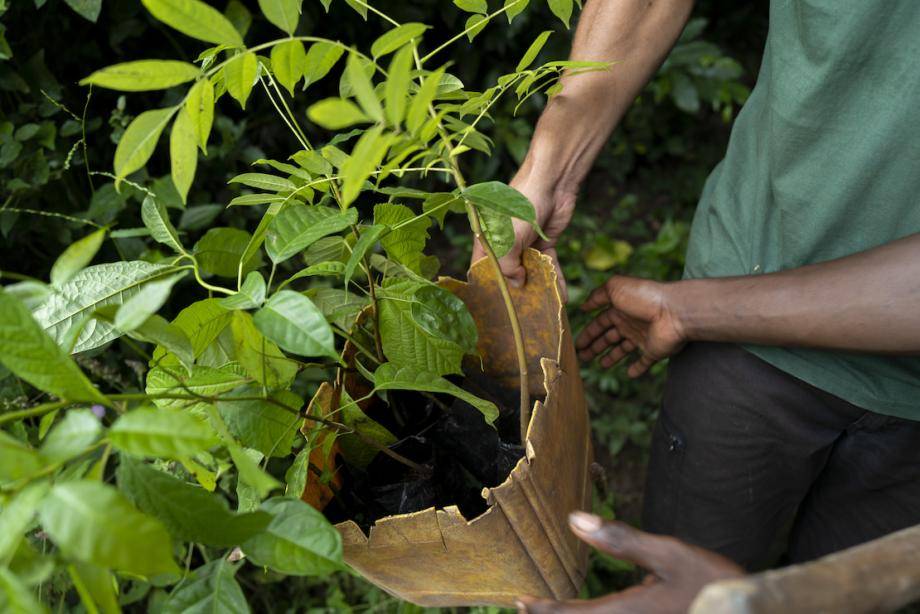
Enhancing on-farm ecosystems can improve pest and disease control in agriculture, and, critically, the need for pesticides and fungicides. Additionally, cocoa grown in the shade is linked to increased biodiversity, carbon sequestration, and nutrient retention in the soil. By carefully observing the local natural ecosystems, we have determined the best native species to plant in order to provide shade for cocoa seedlings and to attract pollinators, such as birds, bees and other insects. This year, we increased our planting capacity and are now planting over 35 trees per hectare, such as teak, mahogany and sejula, in Côte d’Ivoire and Ghana. This ramp up also aligns with the requirements of CFI, of which we have been a founding signatory since 2017. In addition, due to our tree planting activities, we account for a total of 240,000 tCO2e reduction this year alone, according to the Gold Standard Value Chain Intervention methodology.
Our measured impact
In 2020/21 our overall carbon footprint was 7.83 million tCO2e, which is flat in comparison to our previous reported footprint. This is mainly due to the reduced availability of sustainably sourced raw materials, such as sugar. Excluding the carbon footprint of our non-cocoa ingredients, we made outstanding progress with the reduction of the carbon intensity in our cocoa supply chain (–6.9%). Most importantly, we reduced the LUC impact of cocoa by over –10% (233.000 tCO2e) due to our efforts in traceability and sourcing. In addition, we also reduced our CO2e intensity in factories. Our carbon intensity decreased from 3.73 to 3.57 tCO2e per tonne of product. Additionally, through insetting such as agroforestry, we achieved an estimated 150,000 tCO2e of scope 3 removals, according to the Gold Standard Value Chain Intervention methodology. Accounting for these removals, our net carbon footprint was reduced to 7.67 tCO2e and our carbon intensity was reduced further to 3.49 tCO2e per tonne of product. Based on Maplecroft methodology, we refined our method this year of determining the percentage of raw materials demonstrated not to be contributing to deforestation. This change in approach resulted in a –15% decrease in 2020/21, to 29%.
1 CDP: Hungry for change: Are companies driving a sustainable food system? Available from: www.cdp.net/en (accessed August 5, 2021)
